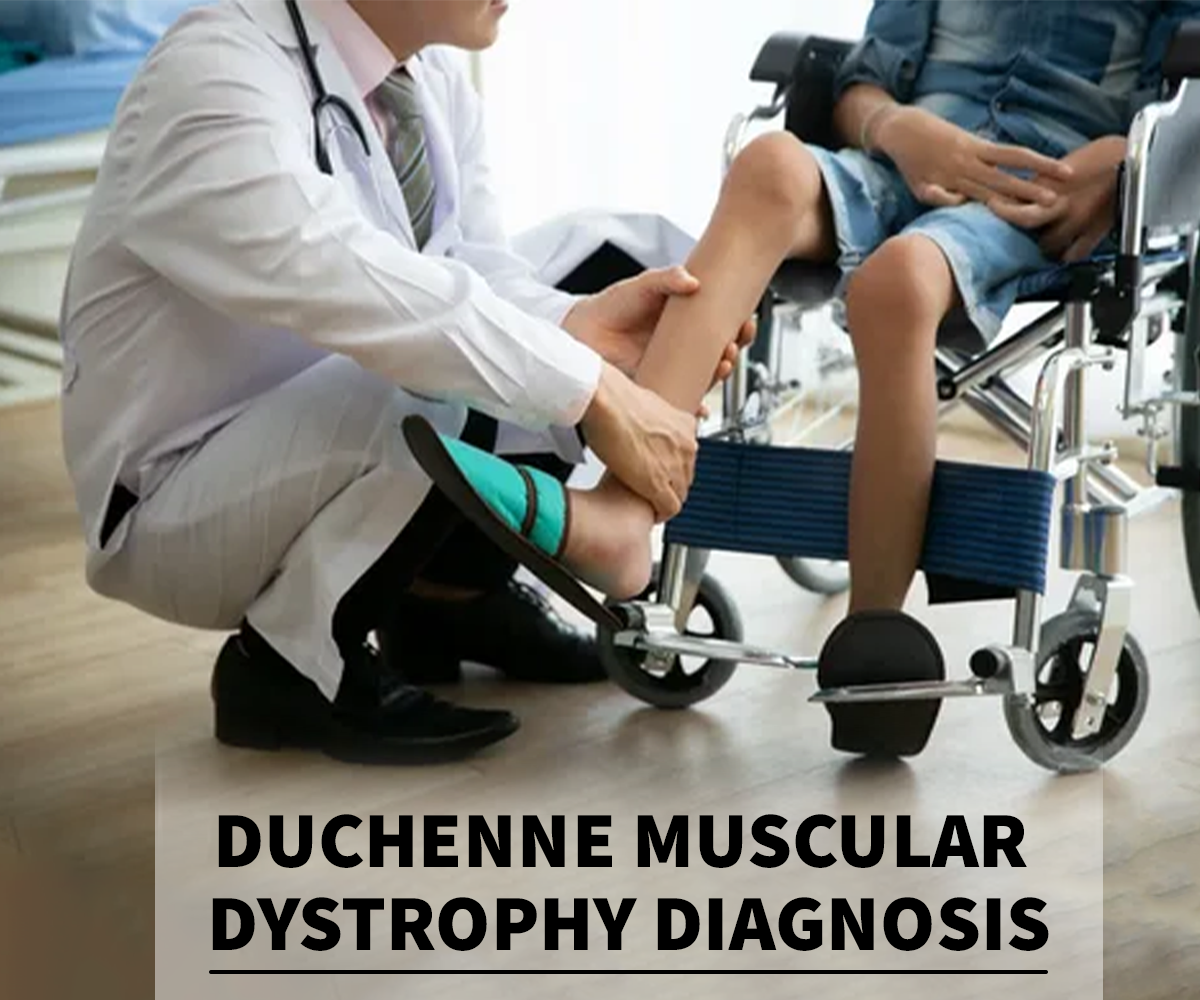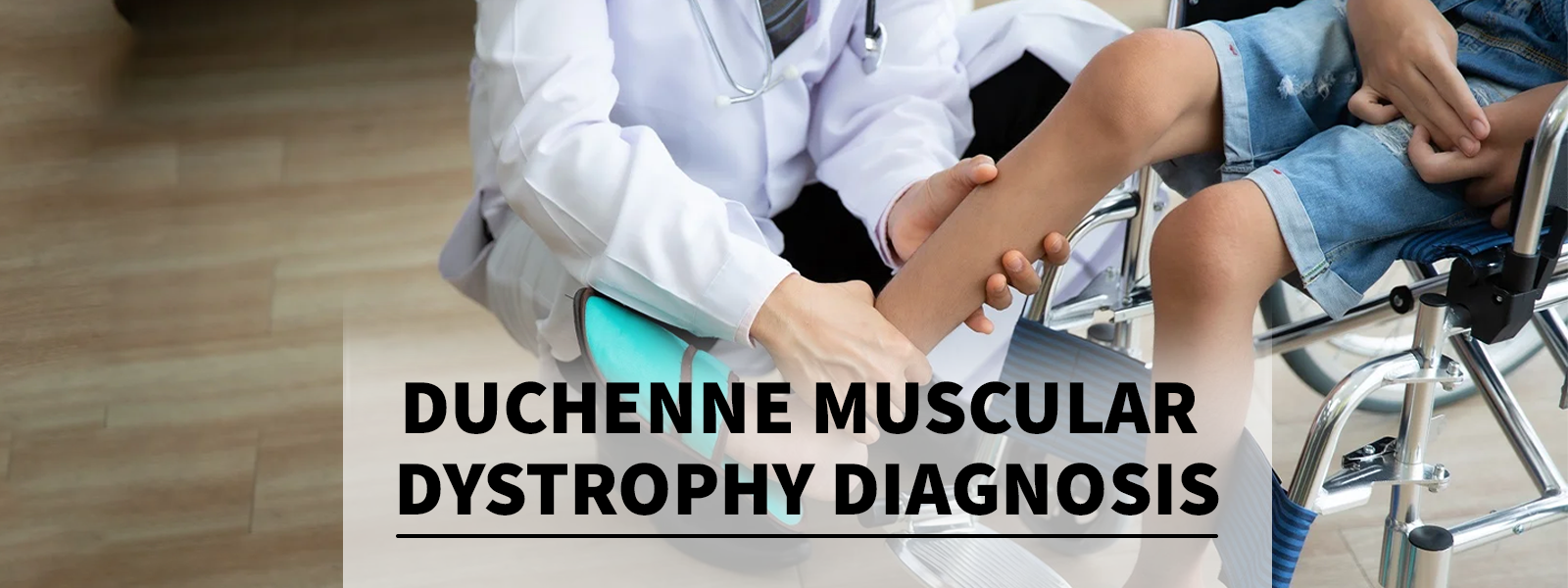Table of Contents
Duchenne Muscular Dystrophy Diagnosis


When it comes to family planning, understanding the potential risks of inherited genetic disorders is crucial. Spinal Muscular Atrophy (SMA) is one such condition that affects the motor neurons, leading to muscle weakness and deterioration. This article aims to shed light on the different types and symptoms of Spinal Muscular Atrophy, as well as the significance of genetic testing before marriage to assess the chances of passing on this inherited disorder. Spinal Muscular Atrophy encompasses a spectrum of disorders that involve the loss of motor neurons located in the spinal cord. There are four main types of SMA, varying in severity: Spinal Muscular Atrophy Type 1: Also referred to as Werdnig-Hoffmann disease, this is the most severe form of SMA, usually appearing in infants. Werdnig-Hoffmann disease symptoms presents as minimal motor functions and facing significant challenges in breathing and swallowing. Spinal Muscular Atrophy Type 2: Typically emerging within the first two years of a child’s life, Type 2 SMA affects the ability to sit independently and may hinder motor functions such as crawling or walking. Spinal Muscular Atrophy Type 3: Known as Kugelberg-Welander disease, Type 3 SMA generally manifests in early childhood or adolescence. Affected individuals often retain the ability to walk but may experience difficulty with coordination and muscle strength. Spinal Muscular Atrophy Type 4: The mildest form of SMA, Type 4, presents symptoms later in life, usually during adulthood. It leads to gradually progressive weakness, but individuals can maintain normal life expectancy. SMA is caused by a mutation in the survival motor neuron 1 SMN1 gene that produces a protein necessary for the survival of motor neurons. However, the severity of the condition depends on the number of copies of SMN2 gene, which can produce a small amount of functional protein
Duchenne Muscular Dystrophy Inheritance


The symptoms of SMA can vary among individuals, even within the same type. The common Spinal Muscular Atrophy symptoms include: Muscle weakness: SMA affects voluntary muscle control, leading to weak and floppy limbs, making simple movements challenging. Delayed motor milestones: Infants with SMA may exhibit delayed development in motor skills such as rolling over, sitting up, crawling, or walking. Trouble breathing and swallowing: SMA can impact the muscles involved in breathing and swallowing, leading to difficulties in these vital functions. Tremors or twitching: In some cases, individuals with SMA may experience muscle twitching or tremors due to the degeneration of motor neurons.
Genetic Testing Before Marriage : A Prudent Approach


Given the genetic nature of Spinal Muscular Atrophy, it is crucial to consider genetic testing before marriage to evaluate the risk of passing on the disorder to future children. Genetic tests like Minagene’s Whole Exome Sequencing allows couples to determine if they are carriers of the mutated SMN1 gene. If both partners are carriers, there is a 25% chance that their child will inherit the disorder. By getting tested prior to marriage or pregnancy, couples can make informed decisions, consult genetic counselors, and explore various reproductive options. These may include preimplantation genetic diagnosis (PGD), adoption, or using donor gametes to mitigate the risk of passing on the condition.
Conclusion
Spinal Muscular Atrophy is a genetic disorder that affects the motor neurons, causing muscle weakness and other debilitating symptoms. Understanding the different types and their related symptoms is vital for early detection and intervention. Moreover, genetic testing before marriage plays a pivotal role in determining the risk of transmitting Spinal Muscular Atrophy to future generations, empowering couples to make informed decisions regarding family planning. By prioritizing genetic testing, couples can take necessary precautions and explore options that best align with their family goals, ensuring a healthy and fulfilling life for their offspring.


